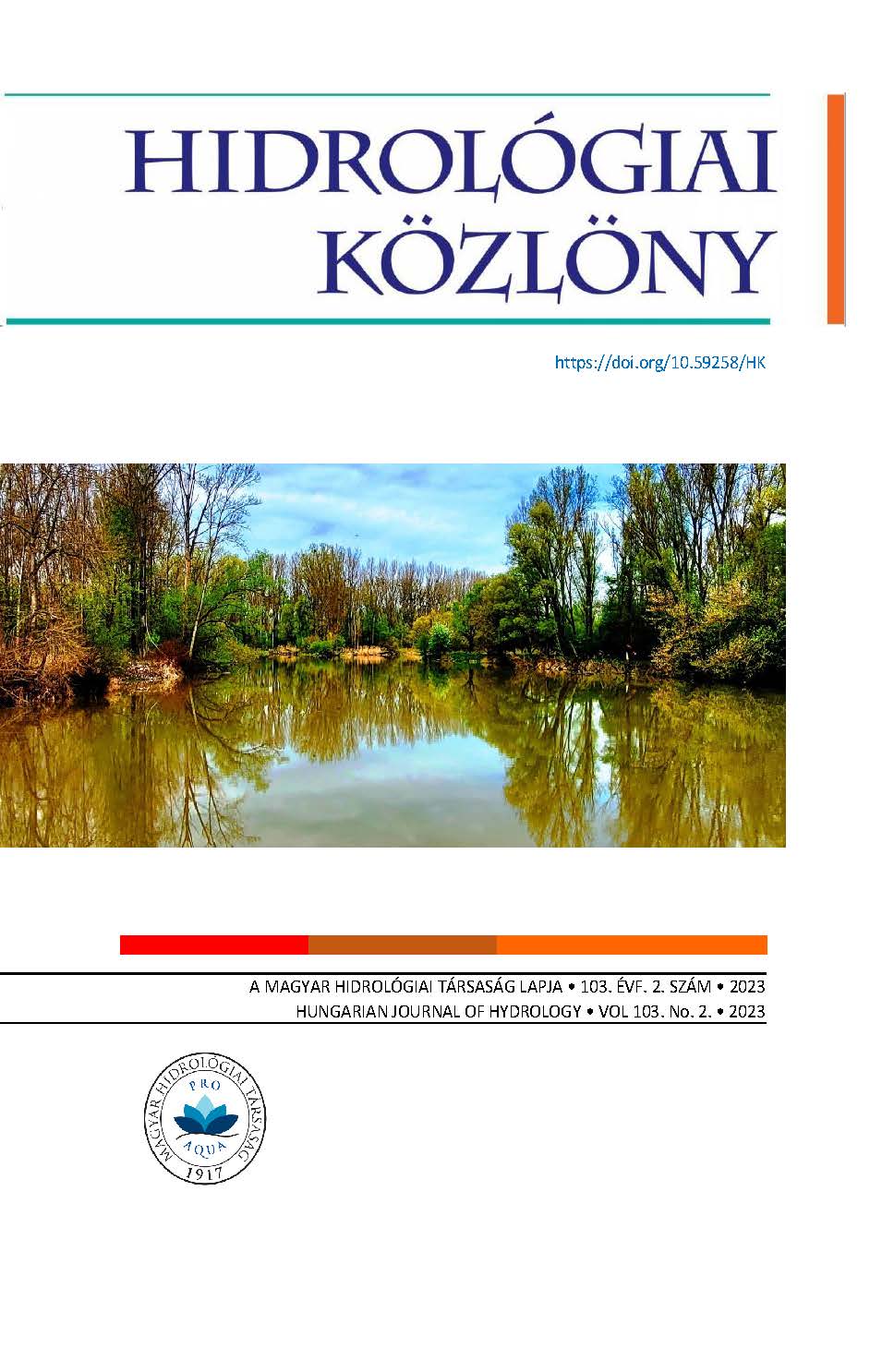Insula Insolita – Szigetköz és Bős-Nagymaros párhuzamos története
Absztrakt
A közlemény célja a szigetközi ártér és a Bős-Nagymaros Vízlépcsőrendszer (BNV) párhuzamos történetének bemutatása és a történet tanulságainak levonása. A BNV-t megelőző idők árvízvédelmi és folyószabályozási munkáinak mellékhatásaként, továbbá a Duna fokozott szennyezőanyag terhelése miatt, súlyos degradációs folyamatok indultak be a Szigetközben, melyek megállítása és visszafordítása a BNV egyik fontos célkitűzése volt. A múlt század nyolcvanas éveiben kialakult mozgalmak a környezetvédelem jelszavát hirdetve, ám hamis érvekre hivatkozva a BNV megvalósításának megakadályozását tűzték ki célul. Ezek a mozgalmak, köszönhetően a rendszerváltás idejére kiépített politikai befolyásuknak, végül elérték a céljukat: a BNV beruházását magyar részről egyoldalúan felfüggesztették, majd végleg leállították. Szlovákia azonban, mint a nemzetközi beruházás másik résztvevője, nem adta fel a projektet és a magyar fél kiszállásából adódó kényszerhelyzethez alkalmazkodva, egyoldalúan kivitelezte azt. Ennek következménye lett a szigetközi Duna szakasz 30 évvel ezelőtti elterelése. A BNV magyar részről történő leállítása súlyos károkat okozott Magyarországnak: az anyagi, szellemi és erkölcsi károkozáson túl, az ország de facto elvesztette a beruházás tárgyában Szlovákia ellen indított nemzetközi pert és még az elkészült mű által megtermelt megújuló energiából sem részesedik. Az elmúlt évtizedek során végzett monitoring tevékenység egyértelműen cáfolta a vízlépcsőellenes mozgalom ökológiai katasztrófát vizionáló álláspontját. A szigetközi hullámtér talaj- és felszíni vizeinek minőségi és mennyiségi viszonyaiban degradáció helyett javulás történt ‒ még a BNV előtti időkhöz képest is. Ez a javulás a Duna vízminőségében beállt pozitív változásoknak, valamint a Szigetközben kiépült vízpótló-rendszernek köszönhető. A vízpótló-rendszer kiépítésével a magyar vízügyi szolgálat újfent bebizonyította, hogy képes nagyszerű teljesítmények elérésére.
Copyright (c) 2023 István Zsuffa, András Szöllősi-Nagy , János Bogárdi

This work is licensed under a Creative Commons Attribution-NonCommercial-ShareAlike 4.0 International License.




